Resources
Practical advice and candid reflection on the author’s 20 years experience writing both successful and unsuccessful grant proposals.

AAR Teaching Religious Studies Series (Oxford University Press) The variety and complexity of its traditions make African American religion one of the most difficult topics in religious studies to teach to undergraduates. The sheer scope of the material to be covered is daunting to instructors, many of whom are not experts in African American religious traditions, but are called upon to include material on African American religion in courses on American Religious History or the History of Christianity. Also, the unfamiliarity of the subject matter to the vast majority of students makes it difficult to achieve any depth in the brief time allotted in the survey courses where it is usually first encountered. The essays in this volume will supply functional, innovative ways to teach African American religious traditions in a variety of settings. (From the Publisher)
Five perspectives on diversity are provided here for reflection and discussion in your institution. Jack Seymour and Julia Speller offer observations drawn from discussions at the March 2002 ATS Workshop on Diversity. Two fictional cases explore negotiating cultural differences from a faculty member's and a dean's perspectives. Daniel Aleshire's column on "Good Work" is reprinted from the ATS newsletter, Colloquy (From the Publisher)
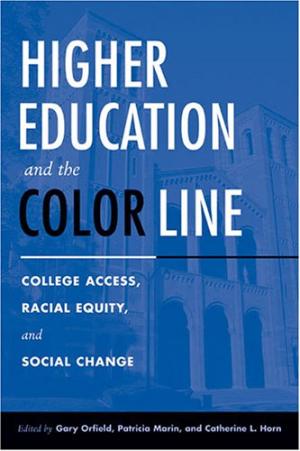
This timely and comprehensive book outlines the agenda for achieving racial justice in higher education in the next generation. It focuses on the racial transformation of higher education and the structural barriers that perpetuate racial stratification in colleges and universities--and beyond. Taking on topical issues such as shifting patterns of financial aid, the growing importance of community colleges, and identifying model programs for retaining and supporting minority students, it lays the foundation for realizing the U.S. Supreme Court Justice Sandra Day O'Connor's goal of eliminating the need for affirmative action within 25 years. (From the Publisher)
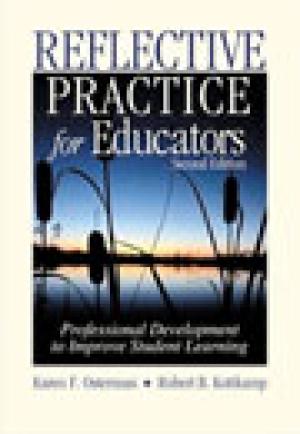
In this age of seemingly endless mandated reforms, reflective practice is a truly effective, empowering way to make meaningful, positive changes. Written for teachers, counselors, administrators, and professional development specialists in schools and universities, this book is an educators' guide to reflective practice. The authors explain its potential to create meaningful change in schools and show you how to integrate it effectively into the daily work of schools. The book: * Explains reflective practice as a professional development strategy * Offers ideas and practical strategies to facilitate collaborative, data-based inquiry, dialogue * Describes reflective practice in action and illustrates its power to create meaningful change in classrooms * Shows how reflective practice is an important step in creating professional learning organizations (From the Publisher)
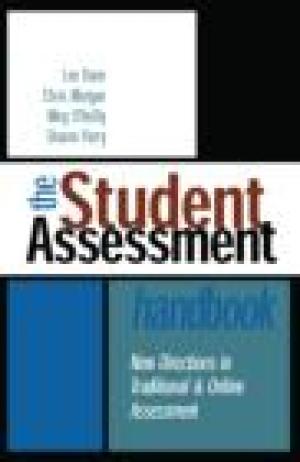
Aimed primarily at higher education professionals, this book is a comprehensive guide to assessment issues, particularly for those professionals who are coming to terms with the range of new pressures on their traditional teaching practices. Agents of change such as increased use of IT, flexible assessment methods and quality assurance all converge on the area of assessment, making new demands of assessors. Outlining how traditional assessment practices can be updated and diversified to suit these contemporary teaching and learning methods, this book is a practical resource, with reflection boxes and diagnostic tools that encourage the reader to apply the principles to their own practice. Other areas covered include: Assessing large groups, Authentication of student work, Maintaining assessment standards, Assessing generic skills and Quality assurance. (From the Publisher)
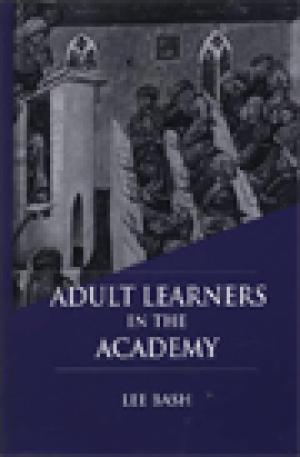
As higher education enters the 21st century, the focus on adult learning programs and initiatives will be greater than ever. This book is designed to assist faculty members or administrators who want to understand how the impact of adult learning programs has already helped transform the academy and how newer initiatives are likely to change their own campuses in the coming decades. Drawing on his extensive expertise, Bash engagingly depicts each facet of adult learners and the requirements higher education must fulfill to meet their needs. By blending some of the theoretical aspects of adult learning with many of the practical and personal components that characterize higher learning, this book is a helpful guide to all interested in implementing and sustaining adult learning programs. (From the Publisher)

Journal Issue.
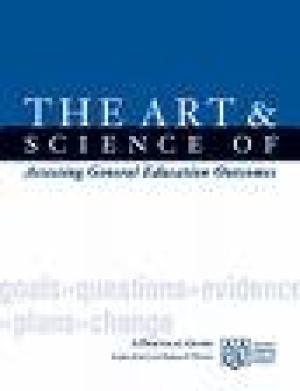
This guide offers practical recommendations for individuals involved with the assessment of general education programs and outcomes on campus. It includes a step-by-step assessment checklist, tips for better assessment, and examples of assessment tools, methods, and rubrics for assessing a variety of key outcomes of a quality general education. (From the Publisher)